We would not be surprised if you have never heard of the Toyota WiLL Vi. Though distinctively styled, this four-door saloon was produced for only two years on a low-volume schedule. It was also only available in Japan. And as if to try and guarantee its international invisibility, you cannot find a Toyota logo anywhere on the exterior or interior.
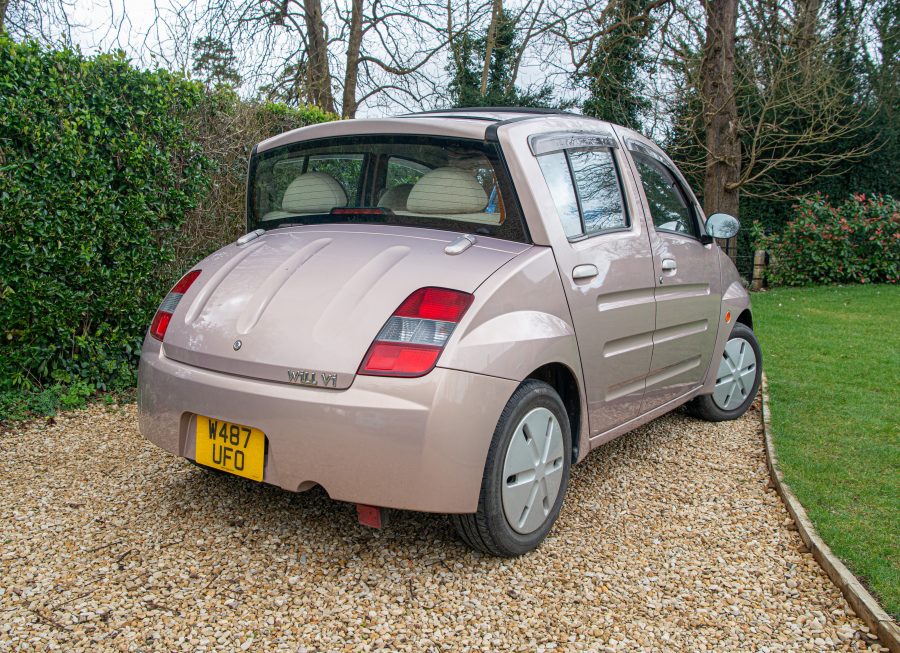
It arrived in January 2000 as the result of a joint marketing project between a handful of leading Japanese companies, Toyota being the only vehicle manufacturer among them. The aim of this diverse group was to create a wide range of WiLL-branded products that appealed to the individuality and preferences of millennials as the new generation of consumers.
The WiLL Vi (pronounced ‘vee-eye’) was Toyota’s opening contribution to this collection and it communicated the WiLL brand’s hallmark qualities of fun and authenticity by combining fashionable, neo-retro styling with up-to-the-minute driving performance.
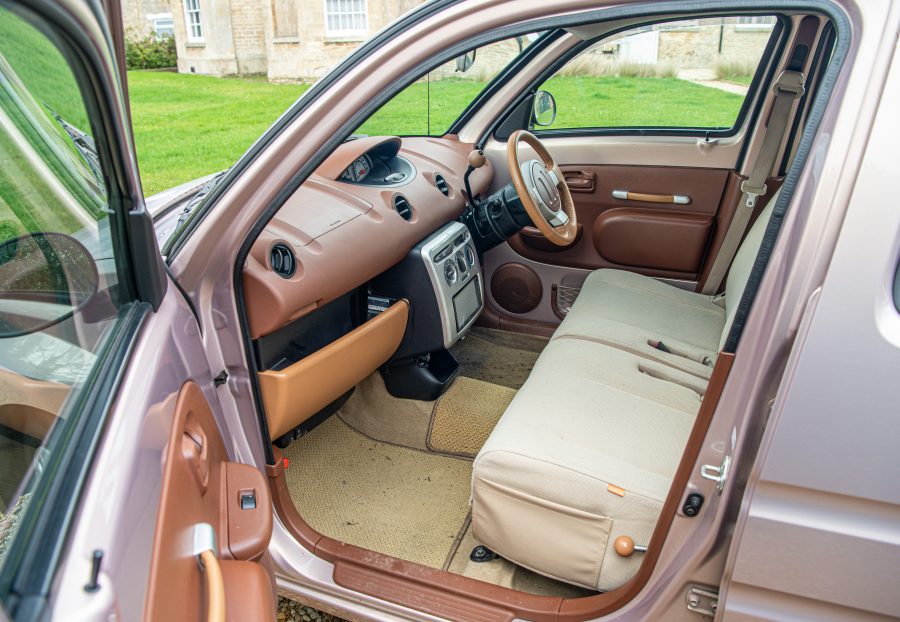
Its symmetrical design was full of converging planes and expressive angles, with distinctive corrugations along the sides and a reverse-angle rear window that created a silhouette officially described as ‘reminiscent of the horse-drawn carriages of yesteryear.’ The front and rear were almost identical in appearance and shaped to form a friendly face, while the blistered arches and 15-inch wheels gave the design a strong feeling of stability.
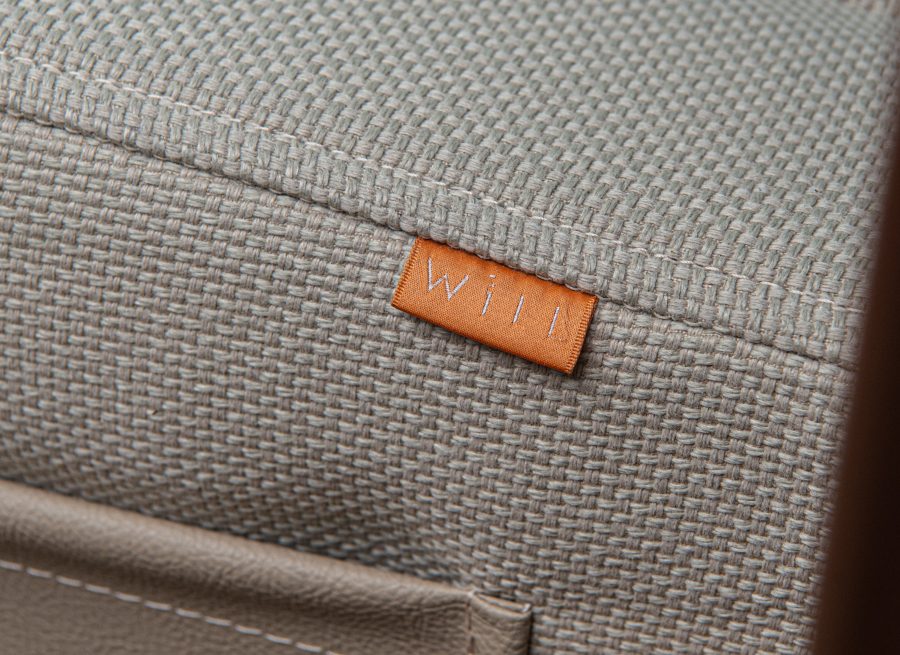
The Toyota WiLL Vi delivered on that promise, too, with responsive performance underpinned by a platform and powertrain taken directly from the first-generation Toyota Vitz (Yaris), which had just scooped the honour of Japanese Car of the Year. It adopted the supermini’s more powerful 88PS 2NZ-FE 1.3-litre 16v engine, paired with a four-speed automatic gearbox – a combination that achieved class-leading fuel economy at the time.
In that regard, the model’s environmental qualities were particularly highlighted to its target demographic. Highly recyclable Toyota Super Olefin Polymer was adopted for the bumpers and interior plastics, and the sound deadening was made using shredded materials from end-of-life vehicles. All use of lead was also deleted from the production of the radiator, heater core and wiring loom.
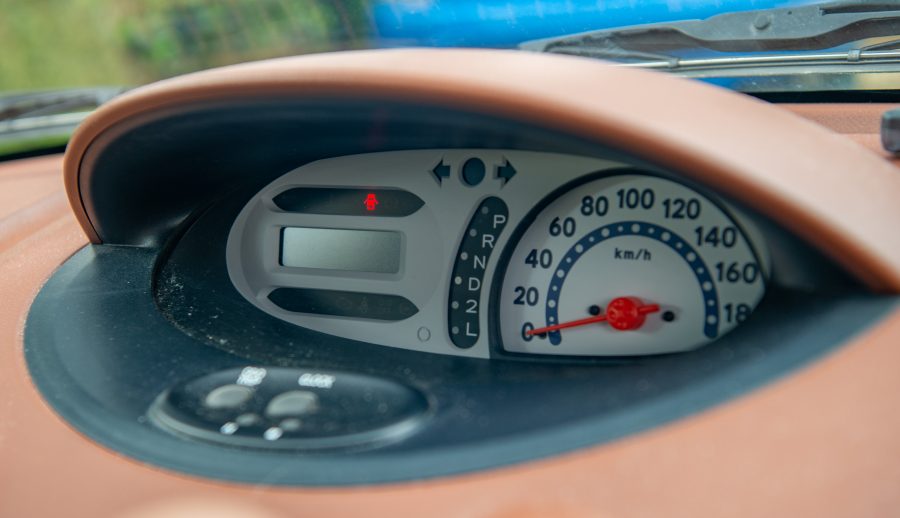
Moving inside, the quirky WiLL Vi was presented with a range of rounded shapes, rich textures and autumnal tones. It created a relaxing atmosphere that was supposed to feel more like being at home than in an automobile. In that regard, bench seats were fitted front and rear to generate the sense of sitting on a living room sofa, which necessitated the use of a column-mounted gear shift. Storage opportunities were liberally dotted around the cabin to convey a user-friendly feel. Similarly, the main control panel was a simple, intuitive design and the instruments were centralised to minimise visual refocusing.
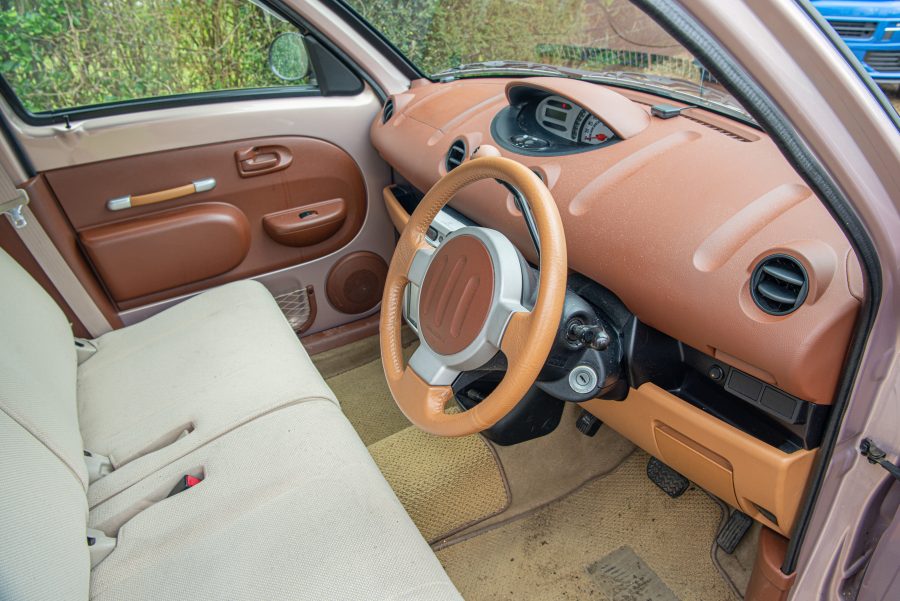
Production of the Toyota WiLL Vi concluded in December 2001 after some 16,000 units had been sold. However, during the same two-year period, Toyota produced more than 697,000 examples of the regular Vitz in Japan. So the WiLL Vi was a rarity even when new, and 20 years down the line has become something of a unicorn, especially in the UK where just 21 imported examples are currently registered with the DVLA.
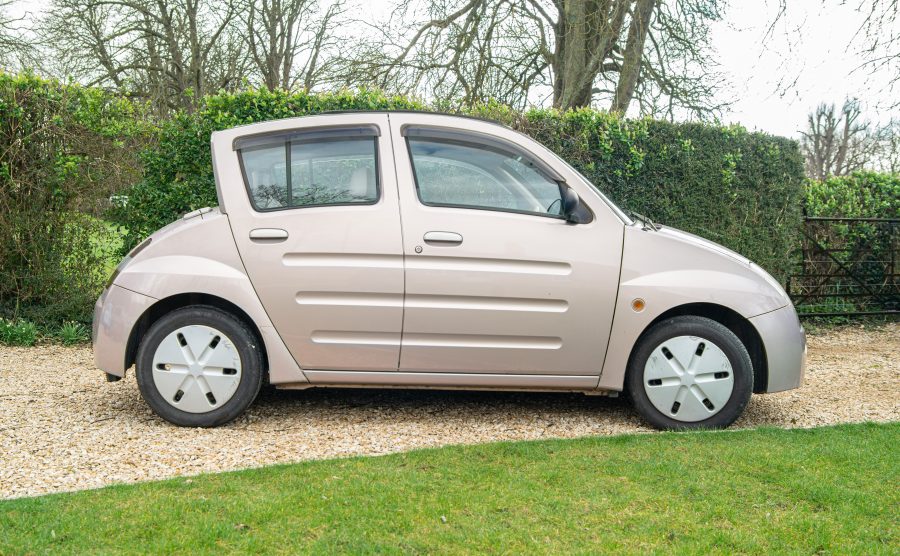
The lavender example pictured here is one of those UK-registered cars and it is being offered for sale by auction through Car & Classic. Offered with no reserve price, this could be your opportunity to get hold of one of the most distinctive – yet mechanically conventional – Toyota models of recent history.
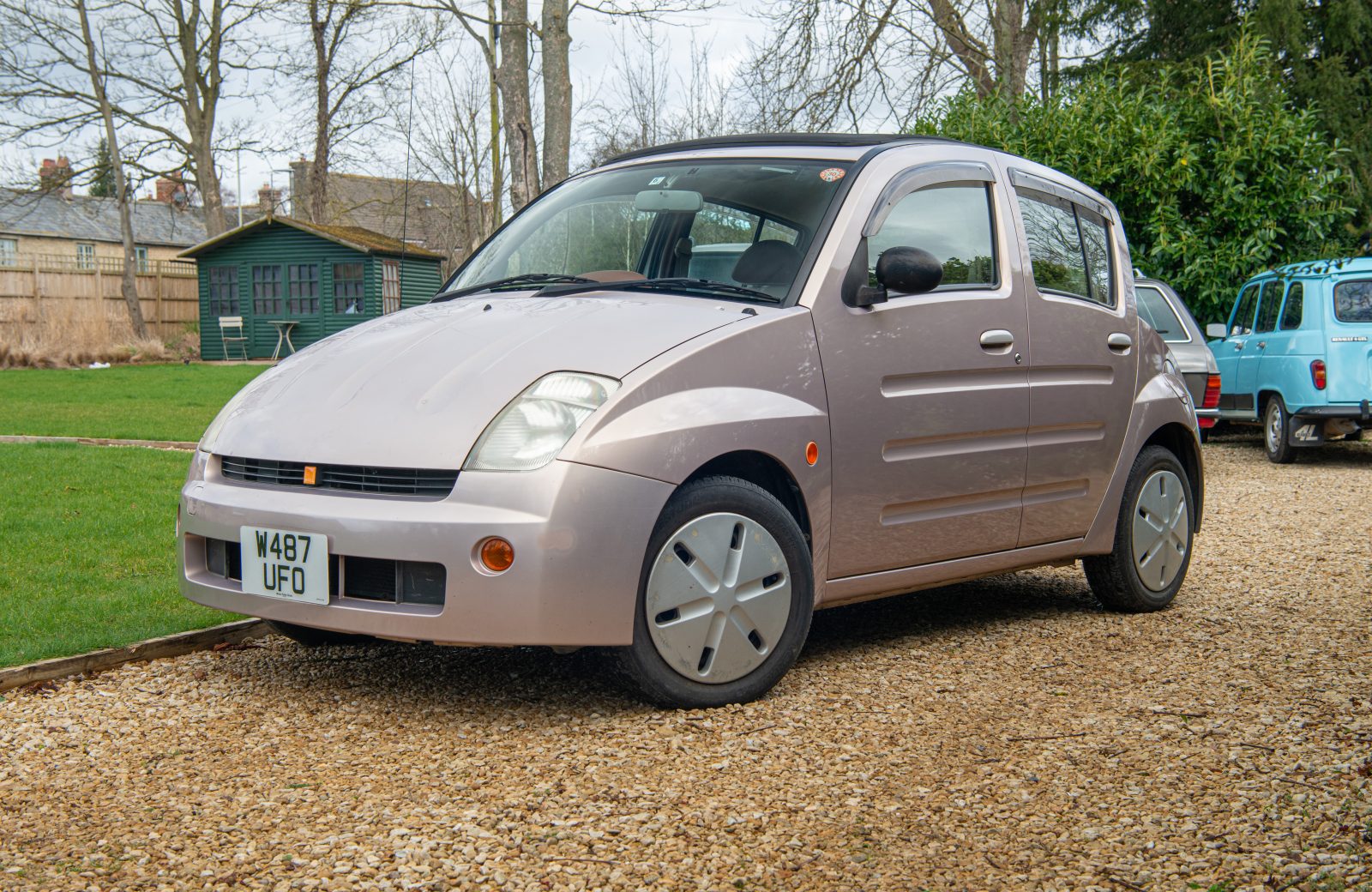

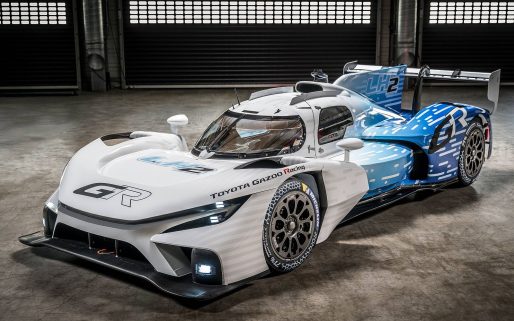


Just seen one in the car park at Cuckmere Haven. Interesting little car 😁
I saw one in Cyprus while on holiday this summer. A rare treat
One in Lowestoft as well..
I saw a green one in Eastbourne carpark. I reckon it could be the same one
Wow that’s crazy. Would never make it here in the states. I wouldn’t feel safe at all. Cute though. Although the radio is practically on the floor.
I have one! Used to be owned by a publican, we are in Bedfordshire 😊
He’s such a head turner! We love him!
I don’t suppose you were recently in Sidmouth
Spotted one parked at a petrol station on the A417 at Bodenham two days ago. Registered, but carrying transit plates. Some of the speil used in the design description (such as centralising the instrument panel) didn’t look clever. (Though it worked. OK in the Mini, 70 years earlier.)
Found this article having googled ‘Will iv’ having come across an example in a Stirling car park. What an inspired – and inspiring – project! I only wish they’d sold more. Goodness knows how difficult it must be to acquire spares: on the one I saw, some of the body panels were damaged.
The idea of symmetry isn’t new: VW intended to achieve that with the Beetle: one wing pressing for the right hand side, one for the left.
Saw one yesterday on my way back off holiday, what on oddly-weird looking concept! Had no idea what it was, who made it or even whether it was a mainstream car or kit car.
Found this article which cleared up all the questions I had. I was very surprised to see Toyota behind the build. But have to say, it certainly could end up being a diamond in the rough.
There’s one in St John’s area of Tunbridge Wells.Very strange looking car ,that reminds you of Citroen’s or Renault’s of yesteryear . Obviously much more reliable as it’s a Toyota!
Just seen one in Stroud, Gloucestershire, near All Saints Church, Uplands. Looks to have been standing for a while, I had to Google to find what it is. Wonderful!
I saw one this morning in kidderminster
I saw it in Oxford last night. Big surprise when I found out that it was Toyota. There is no Toyota logo. I’ve never seen this car before
Saw one in Mission, British Columbia. Feb. 28, 2024